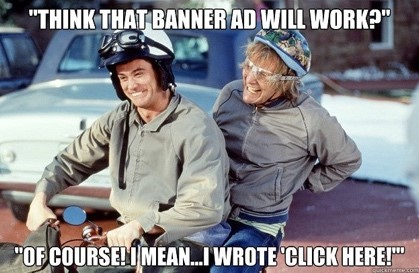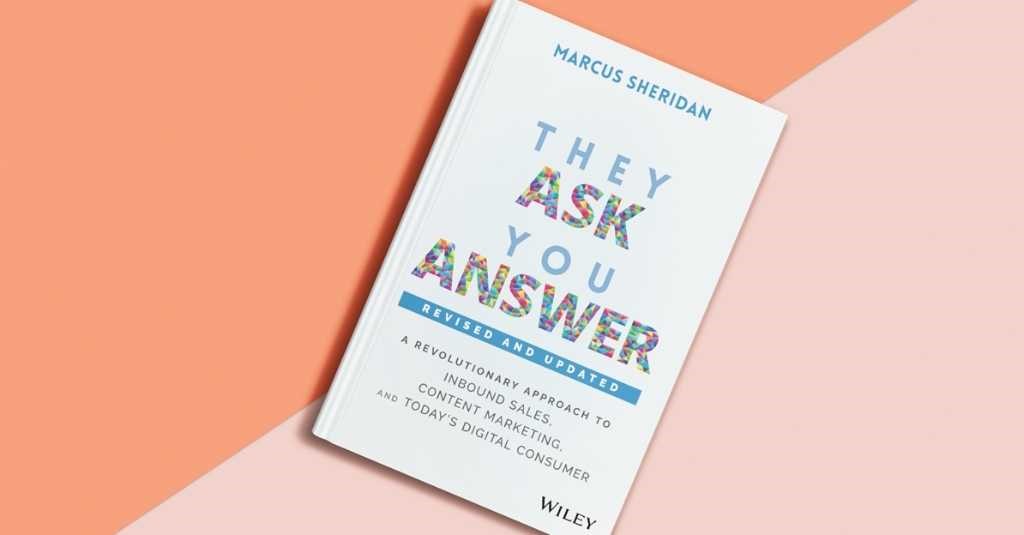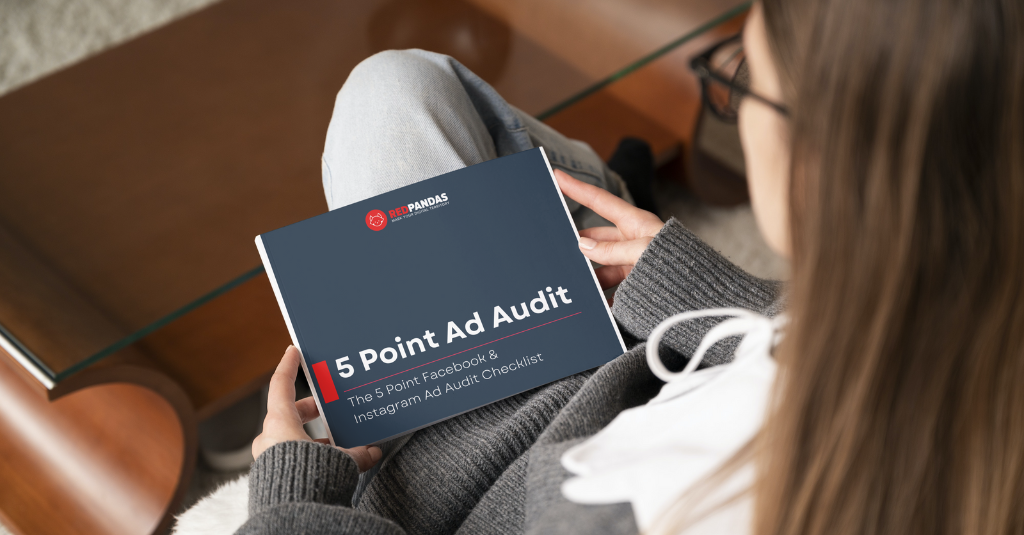You’ve set up your business’s Facebook page, crafted posts showcasing your products, and interacted with your followers. But when it comes to advertising on Facebook to boost sales and leads, you might feel like you’re stepping into uncharted territory. Questions are buzzing in your head: “Which types of ads should I create?”, “How do I write compelling ad copy?”, “What images or videos should I use?” Every time you decide to give Facebook advertising a shot, these questions seem to form a wall of uncertainty that holds you back.
You might have heard success stories of how well-crafted Facebook ads have propelled businesses into the limelight, raking in leads or skyrocketing sales.
Yet, when you stare at the blank canvas of creating your own ad, the how-to seems elusive. You wish for nothing more than a guide that can walk you through the process, showcasing real examples and breaking down the anatomy of successful ads.
What exactly do you need to do to get the same results as these success stories?
In this article, you’ll discover the traits that make an ad successful, and you’ll see real world examples. Stick to the end and you’ll be given an ad audit tool that will help you audit any ad to find out if it’s likely to be successful before you even go live with it! Without further adieu, let’s get started.
Characteristics of Successful Ads
Whether your primary goal is to generate leads or drive sales, the foundational elements of a successful Facebook ad remain the same. In particular, there are five elements that make up a successful Facebook Ad:
- Offer
- Creative
- Copy
- User Experience
- Targeting
Let’s delve into the core components that can make or break your ad’s effectiveness.
1. Offer
Your offer is the heart of your ad. It’s what you’re presenting to your audience, hoping to entice them into taking the desired action.

Whether it’s a product, service, or a free eBook, it’s imperative that your offer resonates with your audience’s needs or wants. A common pitfall many stumble upon is overlooking the value of the offer.
It’s not merely about what you think is valuable; it’s about what your audience perceives as valuable.
This perception of value is usually anchored in three psychological motivators:
- Hopes and Dreams: Does your offer propel them towards a goal or aspiration?
- Pain Points and Fears: Does it alleviate a pressing issue or fear they have?
- Barriers and Uncertainties: Does it help overcome obstacles standing in their way?
A well-structured offer addresses one or more of these motivators, kindling a desire in your audience that nudges them along the customer journey.
2. Copy

The copy is how you communicate the value of your offer to your audience. Effective copy is:
- Personable: It should feel like a conversation, using vocabulary that resonates with your audience
- Benefit-focused: Highlight the key benefits your offer brings to the table, addressing the motivators mentioned earlier
- Simple: Avoid over-complicating things; aim for clarity and simplicity
- Clear Call to Action (CTA): Your audience should know exactly what step to take next
Crafting your copy to echo the sentiments and desires of your audience while keeping it crisp and to-the-point can significantly amplify your ad’s effectiveness.
3. Creative
The creative is the visual allure of your ad. It’s what catches the eye as your audience scrolls through their feed.

Effective creatives measure well across four metrics:
- Thumb stopping rate: this metric is calculated by the percentage of 3 second video views divided by the total number of impressions for any video ad. This metric demonstrates the percentage of users that continue watching after the first three seconds of a video, which reflects the power of the hook of the ad. You want your thumb stopping rate to be high so that you can capture users as they scroll on social media. The key to increasing this metric is optimising the first three seconds of the video to effectively capture attention. You should strive for a 30% thumb stopping rate on traffic or conversion-based campaigns. If you’re using an image ad, you can’t directly measure this metric, but you can look at your creative and think about what you expect the scroll stopping power of your image will be
- Click-through rate (CTR): this metric is calculated as the percentage of users who have seen an ad and have clicked through to the landing page or website. The CTR reflects the power of the ad to spur initial action from your target audience, in the form of a click-through to a website or landing page. If you can get your potential customer to commit to clicking through to view your website or landing page, it is easier to get the user to commit to other things later on, such as a purchase or sign up
- Video Watch Rate: this metric is calculated as the percentage of users that started watching a video ad who finished watching the video to completion. While the thumb stopping rate tells you how powerful the hook is, the video watch rate tells you how engaging the rest of the video is. It’s important for your video ads to be more engaging because this helps you build interest and desire in your audience
- Conversions: this could refer to leads generated or purchases, for example. Conversions are important to look at because they determine how successful an ad has been at actually helping you reach your goal
When you build your creative, have these metrics in mind. If you do this, you’ll build a creative that is more closely geared towards conversions.
4. User Expectation Experience

User expectation experience is all about the experience a user has from the moment they see the ad to the moment they click through to the landing page or website.
The expectation part looks at whether the design elements from the ad are reflected on the landing page.
This takes into account both the user’s experience with the landing page but also the expectation that should have been met after clicking through.
It’s essential to have a positive user experience based on expectation as this builds trust and promotes conversion actions from your target audience, ultimately leading to an increase in revenue.
So, how do you ensure a positive user expectation experience?
To provide a positive user experience, you want to focus on:
- Design: ensuring that the look and feel of the creative in terms of colour scheme, font, and more is similar to what is used on the landing page
- Congruency in benefits: ensuring the headline, sub headline, and image/s on the landing page highlight the same benefits as the ad
- Congruency in offer: ensuring the same language and overall message is being used from the ad to the landing page
Overall, you want to ensure that what and how you present your advertisement has similar themes to the presentation of your landing page. This builds trust and promotes a positive user experience.
5. Targeting
It doesn’t matter how great your offer, creative, copy and user experience is if you target an audience that doesn’t resonate with the solution you’re providing.
There are two approaches you can take with targeting on paid media channels such as Facebook and Instagram.
- You can target broad audiences, and only define the audience further by age, gender, and location.
- You can target interest-based audiences or lookalike audiences and test different pockets of the broad audience to find winners, and scale those winners once discovered.
You can also retarget audiences once they’ve interacted with your brand (I.e. once they’ve visited your landing page, engaged with your ad, or watched your video ad).
In the first approach, you’re letting the algorithm decide who your ad is served to. If we want to get a little technical, this strategy is great for testing ad creative, because you can have the same audience per ad set, but use a different creative each time.
However, the downside with this strategy is that you’re giving the algorithm more control to choose who your ad is delivered to.
You might also say this is a positive point, because the algorithm has the power to find the right people for your offer. You also need to consider a higher budget before the algorithms find their sweet spot.
In the second more targeted approach, you control who your ad is delivered to by using a single interest per ad set. There are two downsides with this approach.
First, you might miss out on delivering your ad to audiences that would have resonated with your message.
And second, it’s difficult to test ad creative in this way, because every ad set is differentiated by the audience you’re using, so an a/b test with creative isn’t necessarily pragmatic.
On the opposite side of the coin, this approach can be extremely valuable, because you can end up finding pockets of audiences which react really well to your ads, giving you the opportunity to scale results from these specific audiences.
One great strategy you can use for targeting is to combine the above two approaches, where you use broad targeting to a/b test creatives, and then use the successful creatives in a second campaign where you run interest-based targeting.
What’s clear here is that there are most definitely different approaches that you can take when it comes to targeting, but the key is to create a strategy that works for you. Rather than focusing on the technicalities of targeting across each platform, it may best to focus on getting at least the following right:
- Targeting to a specific part of your market
- Targeting to a relevant location, age range, and gender
- Asking yourself the question, who does my ad appear to be targeted towards? This allows you to ensure your ad speaks to a particular segment of your market regardless of the targeting strategy that you use
Now that you’ve covered the successful characteristics of Facebook ads, let’s take a look at some of the best ads that follow this framework.
Best Facebook Ads Examples
1.Marley Spoon

Why does this ad work?
- The offer is clear and strong. Each meal cost only $5.49 and it’s a special offer / flash sale so there’s some scarcity there to inspire users to act immediately
- The copy is short and to the point, and clearly describes the offer. On top of this, it focuses on benefit messaging such as “a smarter way to cook” and “favourite dinners, plus the best essentials and pantry goods” which help increase the desire for the user to click on the ad. On top of that, it directly calls out Australians
- The creative doubles down on the offer with the text in the image and showcases an example of what the customer can expect to receive. On top of that, the bright yellow captures attention and stops users from scrolling in the feed
2. Train Alta

Here’s why this ad works:
- Offer: The offer is strong – $150 off. On top of that, the ad takes into account a potential barrier or uncertainty. Users may be worried that they don’t have what it takes to do this, but the ad breaks down that barrier by including the text “in 20 weeks” in the image, which makes it more accessible to the audience
- Copy: The copy is clear and to the point, no fluff
- Creative: the bold text, the two people hitting each other and the bright blues capture attention and cause users to stop scrolling in the feed
- Positive User Expectation Experience: if you look at their landing page below, you’ll see that the offer repeats what was stated in the ad. This means that what users expected to see after clicking on the ad is exactly what they see, resulting in a positive user expectation experience

3. HiSmile
Here’s why this ad works:
- Creative: the video is strong. It captures your attention in the first three seconds, it reveals the problem the product is solving and how it solves it, has credibility points throughout the entire video, lists benefits, and has a clear call to action at the end. Without even considering copy or landing pages, this ad is strong
4. RedPandas Digital
Here’s why this ad works:
- Creative: the video has a strong hook that captures user’s attention and keeps them interested. The benefits messaging in the video increases desire and entices the user to take action
- Copy: Clear, straightforward and to the point. The offer is reiterated and it speaks directly to the target audience
So, What’s Next?
Venturing into the realm of Facebook advertising can feel like navigating through uncharted waters. Yet, with the right compass you can navigate the turbulent waters and generate leads and sales.
Remember, it’s all about crafting a strong offer, writing effective and supporting copy, building a attention grabbing creative, targeting the right audience, and creating a positive user expectation experience. Do these 5 things and you’re set to making a fantastic ad.
Once you make your ad, how can you tell if it’s a good ad. Remember we mentioned at the start of the article that we’d have a goodie for you at the end?
Well, here it is.
Get access to our 5 Point Paid Ad Audit Framework here, which will help you differentiate between winning and losing ads.














